Uncategorized
-
 Science & Society
Science & SocietyClimate, new physics and Jupiter on the horizon for 2016
The first issue of the new year features stories about what will, editor in chief Eva Emerson predicts, hold on as scientific newsmakers during 2016.
By Eva Emerson -
 Science & Society
Science & SocietyAging, hominid ears, whales and more reader feedback
Readers offer their thoughts on how hominids heard, a biochemical switch for aging, one-way airflow in lungs and more from the October 31 issue.
-
 Climate
ClimateArctic passageways let species mingle
People aren’t the only animals likely to use passages that open up as the Arctic melts.
By Susan Milius -
 Physics
PhysicsThe science of avalanches
High-tech instruments are helping researchers study how temperature can change the character — and danger — of an avalanche
-
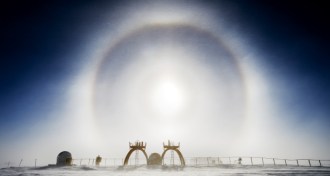 Physics
PhysicsHalo of light crowns Antarctica
Ice crystals in the air bend sunlight into a ring over a research base in eastern Antarctica.
-
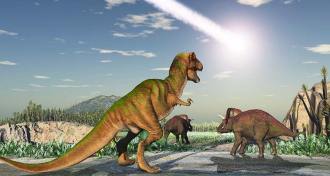 Particle Physics
Particle PhysicsDark matter helped destroy the dinosaurs, physicist posits
In ‘Dark Matter and the Dinosaurs,’ Lisa Randall finds connections between particle physics, cosmology, geology and paleontology.
By Andrew Grant -
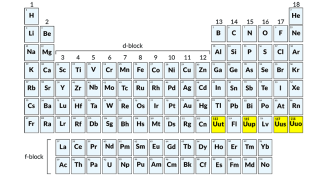 Chemistry
ChemistryFour elements earn permanent seats on the periodic table
The four newest elements on the periodic table gain official recognition and will be getting new names soon.
By Andrew Grant -
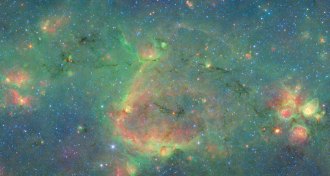 Astronomy
Astronomy‘Bones’ in Milky Way could help map galactic structure
Six newly discovered tendrils of interstellar gas might be “bones” of the Milky Way that could help researchers understand the scaffolding of our galaxy.
-
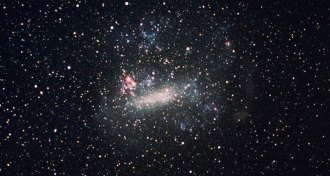 Astronomy
AstronomyThis white dwarf is hotter than the rest
A new record holder for hottest white dwarf sizzles at about 250,000˚ Celsius.
-
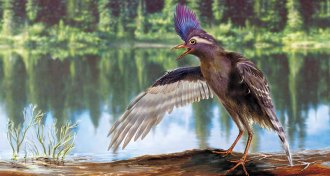 Paleontology
Paleontology12 amazing fossil finds of 2015
From an ancient sponge ancestor to the Carolina Butcher, scientists learned a lot about life on Earth this year.
By Meghan Rosen -
 Psychology
PsychologyAs suicide rates rise, researchers separate thoughts from actions
Advances in suicide research and treatment may depend on separating thoughts from acts.
By Bruce Bower -
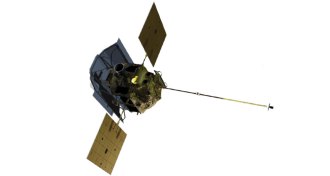 Astronomy
AstronomyAstronomical milestones of 2015
The New Horizons mission to Pluto was the No. 1 science story of the year. Here some other notable space missions.